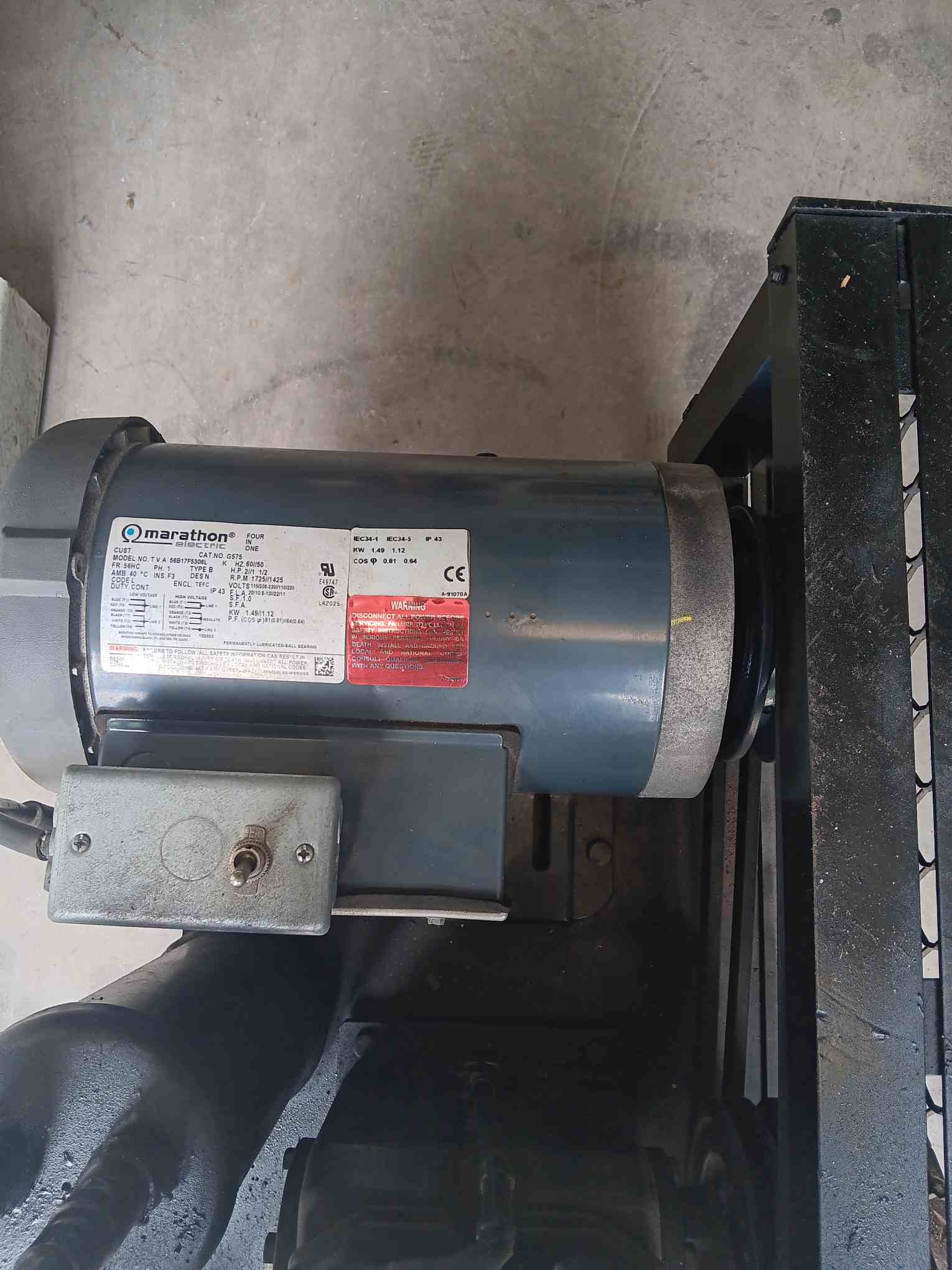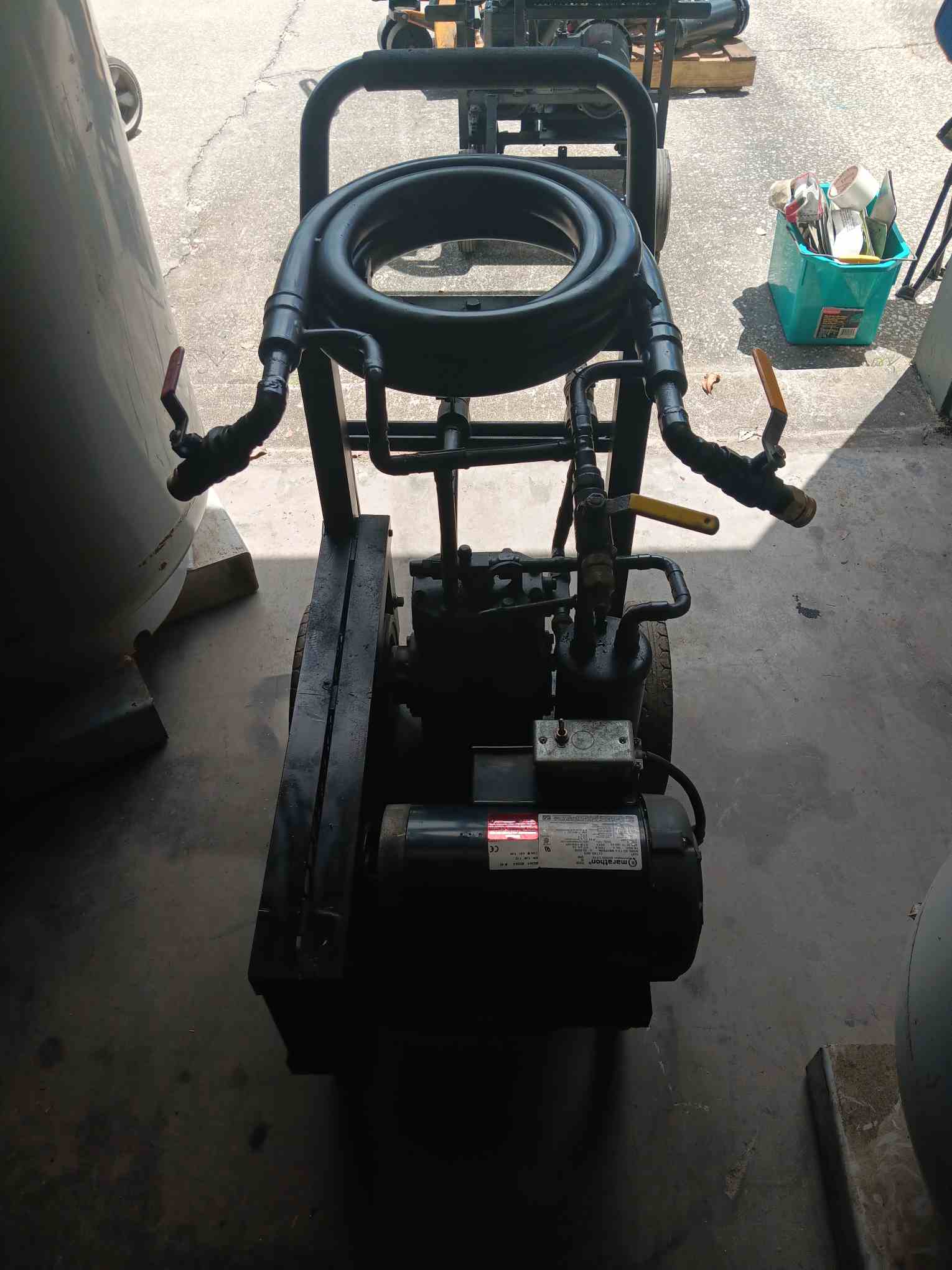

Analyzing the Measurements and Spotting Miswiring You can think of this as the source voltage available at the receptacle. It's caused by load current that flows through the impedance of the neutral wire. This is a measurement of voltage drop (also called IR drop). Typically on a 120V circuit, you should get a reading of between 115V and 125V. This measurement is the voltage the load will see.

Suppose you made the following voltage measurements during working hours and under normal load conditions: Let's take a look at a troubleshooting scenario at an office. It's much easier to make measurements with a digital multimeter (DMM) or clamp-on meter with voltage measurement capability. You could make a visual inspection of each receptacle for correct wiring, but that would be time intensive. A single reversal of a neutral and ground can compromise the entire ground system. On the other hand, the operation of sensitive electronic loads, such as computer equipment and instrumentation, is dependent upon a clean ground - one with no load current and no voltage on it. Electronic loads, for example, are generally indifferent to AC polarity because their internal power supplies are simply converting AC to DC. Because many loads aren't sensitive to polarity, they operate quite well with the neutral and hot reversed. These conditions can often go undetected for a long time. In fact, it's not uncommon to find the hot and neutral wires or the neutral and ground wires reversed or shorted. You might think the vast majority of 120V receptacles are wired correctly, but that isn't the case. Get these Real-world examples of why electricity and water don't mix. The three measurements, all taken at one outlet, can provide you with a solid understanding of the facility's electrical supply and help you identify miswired receptacles. Is the branch circuit too heavily loaded?ĭo sensitive electronic loads have the voltage they need?īelieve it or not, you can get that much information from such fundamental yet simple measurements. With these measurements, you're well on your way to answering the following questions: The next step is deciding what measurement to make, but you only have three options to choose from: phase-to-neutral voltage, neutral-to-ground voltage, and phase-to-ground voltage.

Instead, first look at the outlet nearest the problem equipment. Don't proceed directly to the distribution panelboard that feeds the circuit first. When clients call you because operating problems on pieces of their 120V equipment cause them to suspect their facility's power supply, you have to decide where to start your investigation.


 0 kommentar(er)
0 kommentar(er)
